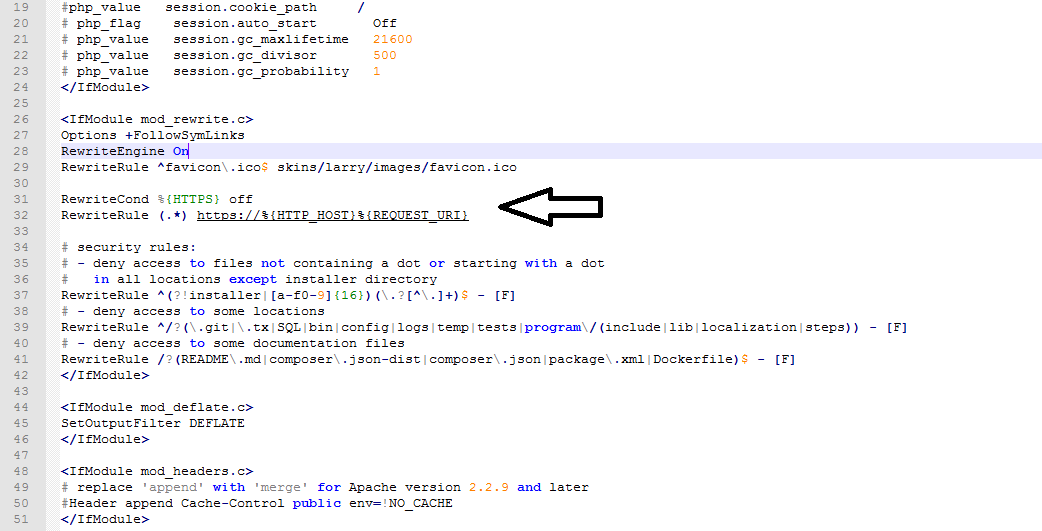<?php echo AUTOGENERATED_CONFIGS; ?>
<?php
/**
* @var Template_VariableAccessor $VAR
*/
?>
<?php if ($VAR->domain->disabled): ?>
# Domain is disabled
<?php return ?>
<?php endif ?>
<?php if ($VAR->domain->physicalHosting->ssl): ?>
<?php foreach ($VAR->domain->physicalHosting->ipAddresses as $ipAddress): ?>
<?php if ($ipAddress->defaultDomainId == $VAR->domain->id): ?>
<?php echo $VAR->includeTemplate('domain/nginxDomainVirtualHost.php',
array(
'ssl' => true,
'frontendPort' => $VAR->server->nginx->httpsPort,
'backendPort' => $VAR->server->webserver->httpsPort,
'documentRoot' => $VAR->domain->physicalHosting->httpsDir,
'ipAddress' => $ipAddress,
'default' => true,
)) ?>
<?php endif ?>
<?php endforeach ?>
<?php endif ?>
<?php foreach ($VAR->domain->physicalHosting->ipAddresses as $ipAddress): ?>
<?php if ($ipAddress->defaultDomainId == $VAR->domain->id): ?>
<?php echo $VAR->includeTemplate('domain/nginxDomainVirtualHost.php',
array(
'ssl' => false,
'frontendPort' => $VAR->server->nginx->httpPort,
'backendPort' => $VAR->server->webserver->httpPort,
'documentRoot' => $VAR->domain->physicalHosting->httpDir,
'ipAddress' => $ipAddress,
'default' => true,
)) ?>
<?php endif ?>
<?php endforeach ?>

